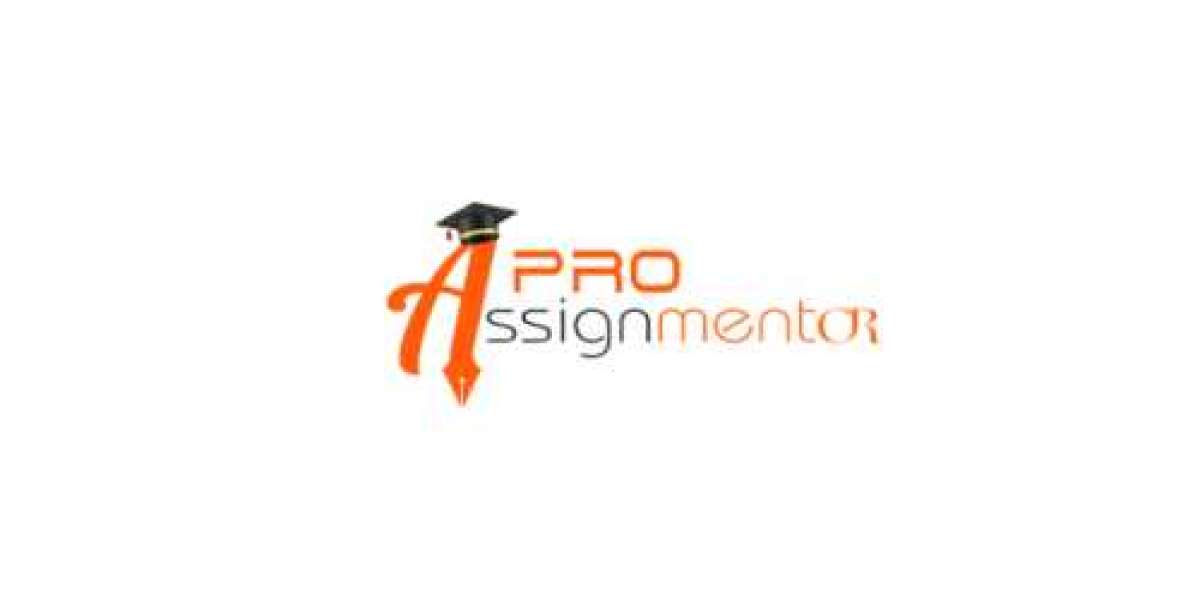The world of iPhone app development is a thrilling one, brimming with potential and innovation. But before your app takes center stage on the App Store, a crucial step lies in meticulously defining your project's deliverables. Let's explore how a leading app development company, we understand the importance of clear communication and setting expectations. This article serves as your guide to defining deliverables for iPhone apps, ensuring a smooth and successful development process.
Understanding Deliverables:
Deliverables are the tangible outputs produced at various stages of the app development lifecycle. They represent the culmination of collaborative efforts between your team and the app development company. Clearly defined deliverables ensure everyone involved is on the same page, fostering transparency and avoiding confusion.
Key Deliverables by an iPhone App Development Company:
Project Requirements Document (PRD): This document serves as the blueprint for your app. It outlines the app's purpose, target audience, functionalities, features, and technical specifications. A well-defined PRD forms the foundation for all subsequent development stages.
User Interface (UI) Design Mockups and Prototypes: These visual representations bring your app's interface to life. Mockups showcase the layout, visual elements, and branding of the app, while prototypes provide a simulated user experience, allowing for early testing and feedback.
User Experience (UX) Flowcharts and Wireframes: These deliverables focus on the user journey within the app. Flowcharts map out the user's interaction with different screens and functionalities, while wireframes depict the basic layout and structure of each screen.
API Documentation (if applicable): If your app integrates with external services or APIs (Application Programming Interfaces), comprehensive API documentation is crucial. This documentation details how your app interacts with these external systems, ensuring smooth integration.
Clean Code and Development Environment: The app's core functionality is built using programming languages like Swift or Objective-C. A well-structured and documented codebase, along with a clear development environment setup, promotes maintainability and future updates.
Comprehensive Testing Report: Rigorous testing is paramount for ensuring a high-quality app. The testing report details the various tests conducted, bugs identified and resolved, and the app's overall performance and functionality.
App Store Optimization (ASO) Materials: Creating a discoverable app on the App Store requires strategic planning. ASO materials include app screenshots, app icons, and keyword lists, all optimized to increase your app's visibility in search results.
App Launch Support: A successful launch doesn't end with app submission. Your app development company may provide ongoing support during the initial launch phase, addressing any technical issues or user feedback that emerges.
Additional Considerations:
Project Milestones: Clearly define milestones throughout the development process. Each milestone should be tied to specific deliverables, ensuring progress is tracked effectively.
Version Control System: Utilize a version control system like Git to manage code changes and maintain different versions of the app. This allows for easy rollback if necessary and facilitates collaboration among developers.
Communication and Documentation: Maintain clear and consistent communication channels between your team and the app development company. Regularly update project documentation to reflect any changes or decisions made.
Benefits of Defining Deliverables:
By meticulously defining deliverables, you gain a multitude of advantages:
- Enhanced Transparency: Everyone involved has a clear understanding of project goals and expectations.
- Reduced Risk of Scope Creep: Defined deliverables help manage project scope and prevent unplanned features from derailing development timelines or budgets.
- Improved Quality Control: Clear deliverables facilitate quality checks at each stage, leading to a more polished and functional app.
- Streamlined Development Process: A well-defined roadmap ensures a smooth and efficient development process.
Conclusion:
Defining deliverables is not just a technicality; it's the cornerstone of a successful iPhone app development project. By partnering with a qualified app development company and adhering to these best practices, you can ensure your app delivers a remarkable user experience and achieves its full potential in the ever-evolving mobile landscape.











